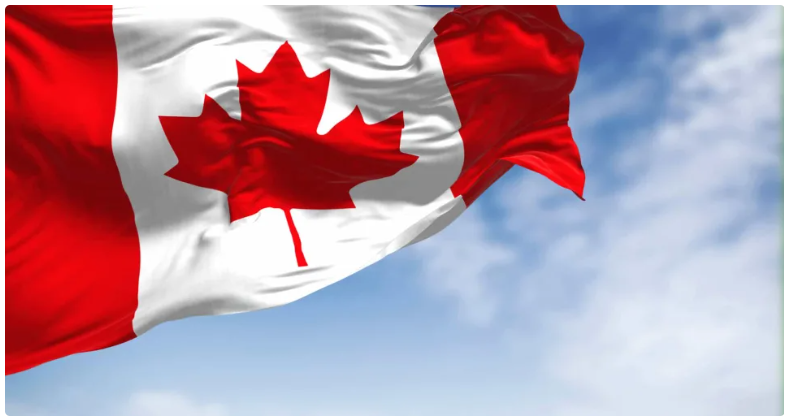Canada’s inflation rate edged higher in June, with the Consumer Price Index (CPI) rising 1.9% year-over-year, up from 1.7% in May, Statistics Canada reported Tuesday. While gasoline prices remained lower than a year ago, their dampening effect on inflation was less pronounced than in the previous month. Meanwhile, prices rose for items such as automobiles and home furnishings.

On a month-to-month basis, the CPI increased by 0.1% in June. Seasonally adjusted, the monthly gain was slightly higher at 0.2%.
Also Read: Emerging AI stocks in Canada
Economists had widely expected inflation to hit 2.0% in June, based on forecasts compiled by CIBC.
“This report doesn’t give the Bank of Canada any room to cut rates at its July 30 meeting,” wrote BMO chief economist Douglas Porter, emphasizing the implications of the data.
Key measures of core inflation, closely monitored by the Bank of Canada, remained firm. The CPI-median rose 3.0% year-over-year, while the CPI-trim measure also held steady at 3.0%.
Also Read: Best Long-term Canadian Stocks
“Put simply, underlying inflation is still persistently high,” Porter noted. He added that strong job gains reported last week had already lowered the odds of a rate cut. “We’ll need to see significant slowing in core inflation before a September rate cut becomes realistic — unless the economy takes a sharp turn downward, which remains a possibility amid trade-related uncertainties.”
TD Bank economist Andrew Hencic echoed the sentiment, saying a July cut appears unlikely. He added that while rate cuts remain on the table for 2025, their timing will depend heavily on how the Canada–U.S. tariff situation unfolds and whether June’s strong labour market performance is sustained.
“Going forward, the direction of trade negotiations and whether last month’s robust job numbers were a fluke or a trend will be key,” Hencic wrote.
Sign Up For our Newsletters to get latest updates





